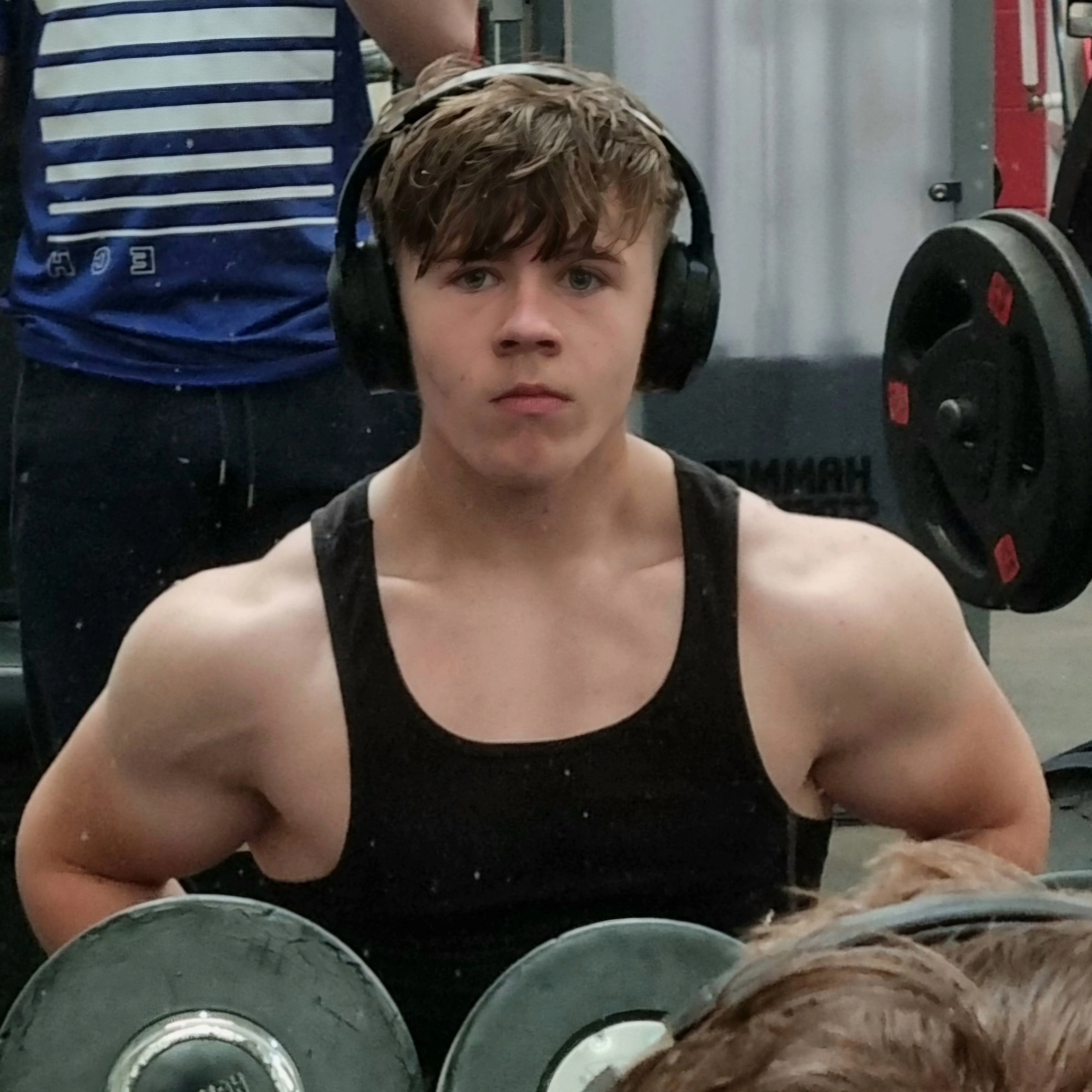Kidney Structure and Function
Cards (14)
- What is the functional unit of the kidney?
- How many nephrons does each kidney contain approximately?
- What is the primary role of nephrons?
- What small molecules are absorbed during the initial filtration in the nephron?
- What is the name of the process where small molecules are absorbed from the blood into the kidney tubules?
- Which substances are not filtered out of the blood during kidney filtration?
- Why aren’t proteins and blood cells filtered into the nephron?
- What is the process called where useful substances are taken back into the blood after filtration?
- Which important molecule is always reabsorbed into the blood during selective reabsorption?
- What happens to waste substances like urea after filtration and selective reabsorption?
- What analogy can be used to describe the nephron’s function?
- What is the final product that leaves the nephron after filtration and reabsorption?
- What does urine contain?
- Where is urine transported after it is formed in the kidneys?
